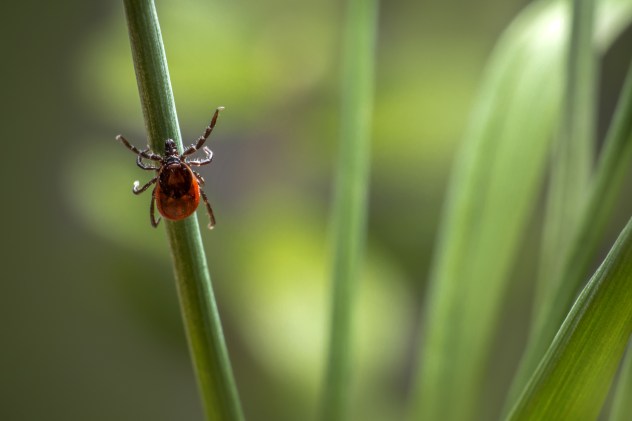
By spending more time outside in warmer months of the year, people put themselves at risk of outdoor hazards like potentially dangerous tick bites — and climate change is increasing dangers as ticks can survive longer with higher temperatures.
However, following specific tips can lower the risk of tick bites, and any potentially dangerous diseases or side effects that can result.
“Ticks are a problem along with a lot of other outdoor hazards, but you don’t need to fear going outdoors,” said Richard Dolesh, vice president of strategic initiatives at the National Recreation and Park Association.
The first tactic to protect yourself is to give the tick less skin to find, according to Dolesh. Wearing clothing such as long sleeve shirts, long pants tucked into socks and close-toed shoes is best to prevent ticks from gaining access to your skin. Light-colored clothing should be worn so that it is easier to spot ticks.
It is not always an option to cover all appendages, so it is essential to take further precautions when spending extended time outside.
The step beyond a physical barrier is a chemical one. The Centers for Disease Control (CDC) recommends using insect repellent that contains 20 to 30 percent DEET on exposed skin and clothing. Products containing 0.5 percent permethrin should be used on clothing and outside equipment, but never on skin.

Understanding where ticks are common and avoiding those areas can also help to reduce your risk of a tick bite. . You can lower your risk of getting a tick by walking in the middle of trails, avoiding tall grass and staying out of leaf litter.
There are a few ways to decrease tick bite risks in your yard, according to the CDC. The CDC recommends keeping the yard clear of leaf piles and maintaining a short grass length.
Arranging furniture and outdoor playsets away from the yard’s edge will keep people away from areas where ticks are usually found. Constructing a fence around your yard keeps tick-carrying animals such as raccoons and deer out of the area. You should not give ticks places to hide such as old outdoor pillows or any trash.
Dolesh, who worked 30 years in parks and natural resources management, urged parents to educate their children on ticks without scaring them.
“There are so many kids that become afraid of playing outdoors because they’ve been warned about poison ivy; they’ve been made fearful about snakes and spiders and ticks and all kinds of creepy crawly things,” said Dolesh.
It is important to teach kids how to avoid ticks as well as how to check for them on the body. Parents should teach kids about the dangers of ticks and discuss the steps to take to avoid them, according to Dolesh.
The healthy, vigilant kid is one who knows how to play outdoors safely, Dolesh said.
After spending time outside, always help children check for ticks and inspect pets for any unwanted visitors before returning inside.
“You just need to be alert when you’re out walking in your garden,” said Dolesh. “And don’t be afraid to go in your parks, they’re great places to get healthy and to enjoy life.”
Produced in association with AccuWeather
Edited by Judy J. Rotich and Newsdesk Manager







